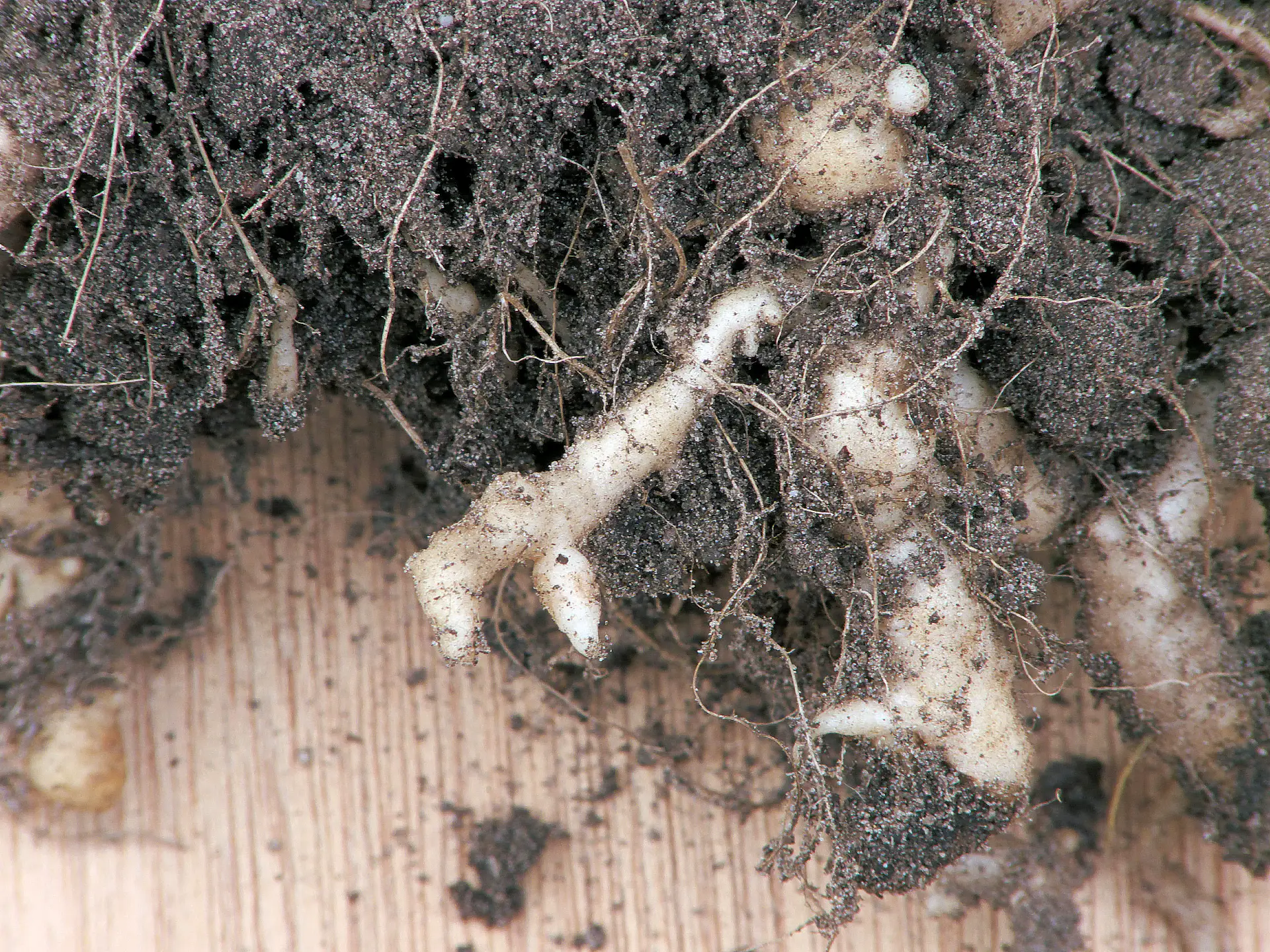Contents
PLASMODIOPHORA
CLASSIFICATION OF PLASMODIOPHORA
Kingdom :- Mycota
Division :- Myxomycota
Order :- Plasmodiophorales
Family :- Plasmodiophoraceae
Genus :- Plasmodiophora

GENERAL CHARATERSTICS OF PLASMODIOPHORA
- The fungus is an obligate endoparasite. It infects the roots of members of Cruciferae, particularly cabbage (Brassica oleracea var. capitata) cauliflower (Brassica oleracea var. botrytis) and turnip (Brassica rapa) , grown in gardens particularly in acidic and poorly drained soil.
- The disease caused by Plasmodiophora brassicae is known as ‘club-root’ or ‘finger-and toe’ disease of crucifers.
- The typical symptoms are shown by the roots which become much swollen, lobed, club-shaped and branched. This is due to hypertrophy, the abnormal enlargement of cells.
STUDY OF THALLUS OF PLASMODIOPHORA
- The plant body is non-septate, naked and multinucleate mass of protoplasm.
- The nuclei are free in the cytoplasm and not separated by walls hence it is a plasmodium.
STUDY OF REPRODUCTIVE STRUCTURES OF PLASMODIOPHORA
- The vegetative method consists of division of plasmodia into many daughter plasmodia.
- Myxamoeba is present in the root hair cells.
- It divides to produce many uninucleate amoebae, which in turn develop into multinucleate plasmodia (primary plasmodia).
- Plasmodia form roughly spherical, thin walled zoosporangia which appear packed in the host cells.
- A zoosporangium has 4-8 uninucleate, biflagellate (flagella unequal, whiplash) zoospores.
- The zoospore forms haploid plasmodium inside another new host cell.
- Sexual reproduction takes place by biflagellate isogametes produced in gametangia. The zygote is formed by fusion. The diploid zygote nucleus divides repeatedly to form many multinucleate plasmodia. The plasmodia are transformed into haploid resting spores.
- Resting spores are released into the soil after root decay. 9. These plasmodia occur in the cortical cells which get hypertrophied.


IDENTIFICATION
- KINGDOM – Mycota
- Chlorophyll absent
- Reserve food glycogen
- Cell wall of fungal cellulose.
- DIVISION – Myxomycota
- Thallus naked mass of protoplasm-a plasmodium.
- Order – Plasmodiophorales
- Swarm cells (gametes) anteriorly biflagellate.
- Family – Plasmodiophoraceae
- Endoparasite; vegetative development within living cells of the host.
- Genus – Plasmodiophora
- Plant body plasmodium,
- Hypertrophy results in club-shaped malformations.


Leave a Reply